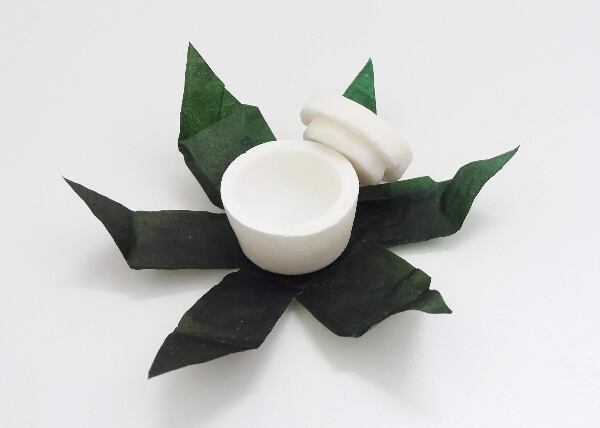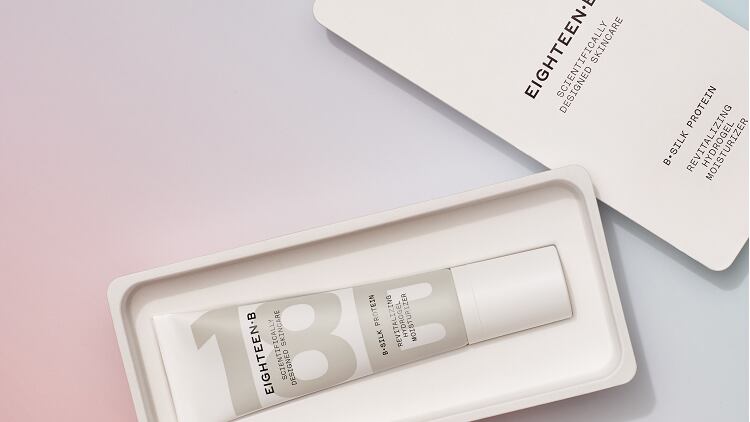The material is developed using a mixture of water, a bacteria and a yeast created from a scoby culture, which is blended together, then left in smooth flat sheets to dry, according to an article in online publication Dezeen.
The resulting materials is said to have properties that lay somewhere between plastics and paper, providing an extremely flexible material that could be used for a variety of packaging applications.
Recycled byproduct adds to sustainability
Adding to the sustainability of the material, the scoby Amato uses is actually leftover from local Kombucha producers, a fermented tea that is said to have numerous health applications.
Furthermore, the resulting material is said to be 100% biodegradable, providing a viable alternative to conventional plastic packaging, which is increasingly coming under the spotlight because of the negative impact is has on the environment.
The designer also chose to incorporate natural pigments into the packaging materials, to give great choice and effects. The natural pigments include spirulina, hibiscus, saffron and charcoal.
Following the fruit concept
According to Amato, the packaging design follows the same principles as many fruits, comprising three layers that incorporate the juice, pulp and an outer peel.
Those three layers include the internal layer, which includes the formulation – in this case anything from a face cream to a natural deodorant or clay mask.
The second layer is said to be a container that is made of solid natural soap, and is used to encapsulate the product’s formulation.
The third layer is the external packaging, which is made from the bacterial cellulose and is used to protect the soap container below, while also providing an opportunity for labeling and branding.
Following the circular economy concept
The packaging has also been designed around the increasingly popular circular economy concept, providing eco-friendly packaging materials that contribute to regenerative and circular principles.
"Currently, our economy works mainly on a linear, unsustainable 'take – make – dispose' system," the Brazil-based design graduate told the Dezeen publication.
"In contrast to that system, the circular economy suggests that materials should flow in integrated and regenerative systems as technical and biological nutrients, maintaining their value."




